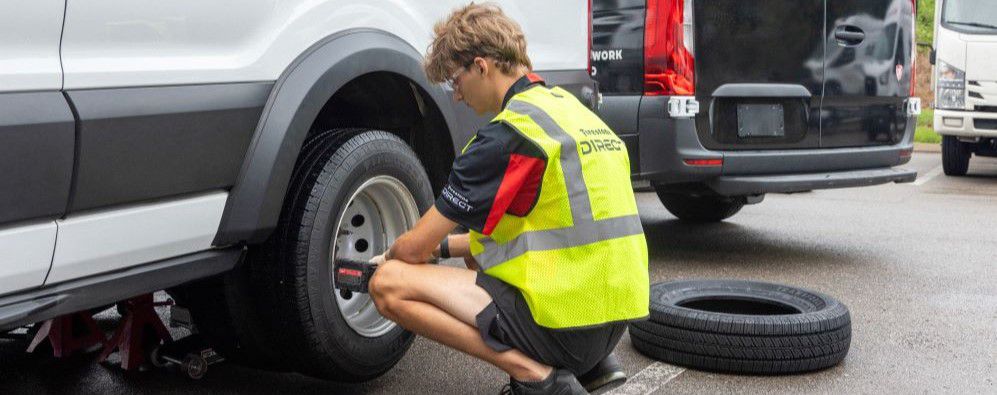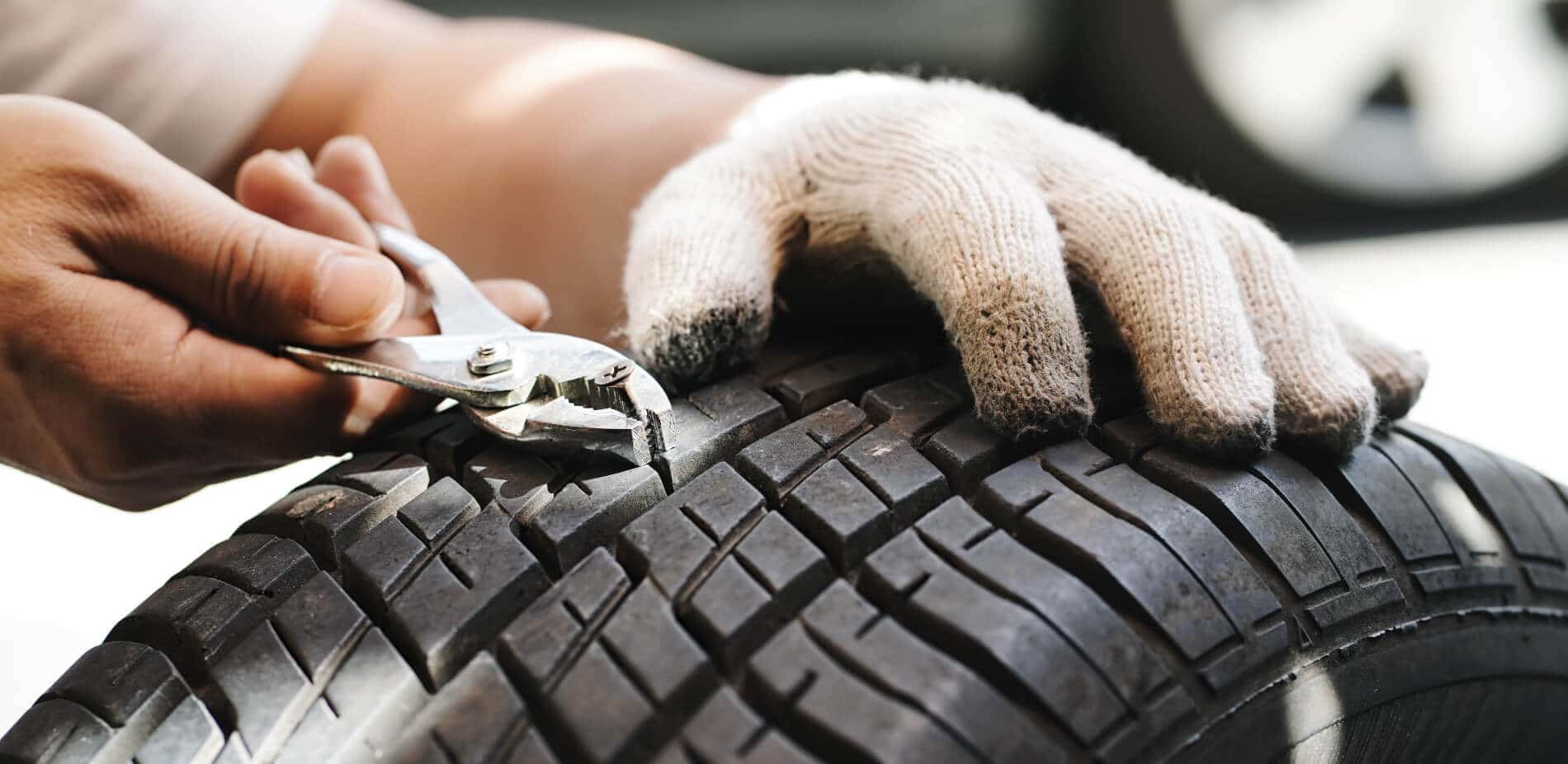Morris Tire Service: Comprehensive Tire Care
Morris Tire Service: Comprehensive Tire Care
Blog Article
Expert Guide to Tire Repair Work: Every Little Thing You Need to Know
In this detailed overview, we will unravel the intricacies of tire fixing, dropping light on the different types of repair service kits offered and offering valuable understandings into when it may be time to bid farewell to a damaged tire. Stay tuned as we dig deeper right into the nuances of tire maintenance, outfitting you with the necessary expertise to guarantee your tires stand the test of time.
Typical Root Causes Of Tire Damage
What are the typical causes that cause tire damages, impacting automobile efficiency and safety? Tire damages can occur because of different variables, with one of the key reasons being inappropriate inflation pressure. Under-inflated tires can create too much heat build-up, resulting in enhanced wear and potential blowouts. Conversely, over-inflated tires can lead to lowered traction, unequal wear, and a harsher experience.

One more usual reason of tire damages is insufficient tread deepness. Damaged footsteps can endanger grasp when traveling, particularly in wet or slippery conditions, enhancing the danger of crashes. In addition, driving over pockets, particles, or sharp things can penetrate or create cuts in the tire, weakening its structure and potentially causing a flat.
Furthermore, improper wheel alignment and unbalanced tires can likewise contribute to tire damage. Misaligned wheels can lead to uneven wear patterns, while out of balance tires can trigger resonances, influencing both the automobile's handling and the tire's durability. Routine maintenance checks and punctual repair services can aid alleviate these typical causes of tire damage, making certain optimum automobile efficiency and security.
Kinds Of Tire Repair Packages
To attend to the after-effects of common causes of tire damages gone over earlier, it is vital to understand the various types of tire fixing sets offered for car owners. There are primarily three sorts of tire repair service kits commonly made use of: plug sets, spot kits, and mix repair service kits.
Patch sets, on the various other hand, are much more ideal for larger punctures or cuts in the tire. These packages include a patch and glue material that is used to the inner cellular lining of the tire to cover the damaged area firmly.
Combination repair work packages use the benefit of including both plug and spot components, offering a thorough service for a selection of tire damages situations. It More Info is very important for car owners to acquaint themselves with these various types of tire repair work sets to be planned for any unexpected tire concerns when traveling.

Steps to Fix a Tire Slit
Repairing a tire leak needs official source an organized approach and the right devices to make sure a secure and reliable solution. When confronted with a punctured tire, the primary step is to safely draw over to a level, secure surface area far from website traffic. Involve the parking brake and place wheel chocks behind the tires to avoid any type of unexpected rolling. Next off, eliminate the punctured tire following the vehicle manufacturer's guidelines. When the tire is eliminated, inspect the punctured area to locate the foreign things causing the leakage. Use a reaming tool to tidy and rough up the slit opening for much better bond. Apply rubber cement to the area and insert a plug using a plug insertion device. Cut any type of excess plug material flush with the tire tread. Reinflate the tire to the suggested pressure and reinstall it onto the vehicle. Conduct an extensive leak check using soapy water to guarantee the puncture is efficiently secured prior to returning to typical driving.
When to Change a Tire
Identifying the appropriate time for tire substitute necessitates a thorough evaluation of various key factors connected to tire wear and security. One essential facet to think about is the step depth. As tires use down, the depth of the walk decreases, affecting the tire's blog grasp on the road. The majority of specialists suggest changing tires when the tread depth gets to 2/32 of an inch to maintain ideal grip (morris tire service). Additionally, checking the tire for any indications of damages such as cuts, protrudes, or cracks is essential. These concerns can jeopardize the architectural integrity of the tire, boosting the risk of a blowout. Age is another considerable variable in tire replacement. Even if the walk deepness appears sufficient, tires older than six years must be carefully analyzed, as the rubber can wear away over time, making the tire extra prone to failure. Regularly checking these elements and seeking advice from a specialist can help figure out when it's time to change a tire for optimum safety and security when traveling.

Tire Upkeep Tips for Long Life
After examining essential factors related to tire wear and safety and security, carrying out appropriate tire maintenance techniques is vital for optimizing the long life of your tires. Consistently inspecting tire stress is important, as underinflated tires can lead to increased wear and minimized fuel efficiency.
Revolving your tires at regular periods, typically every 5,000 to 7,000 miles, promotes also step wear throughout all tires. Checking tires for indicators of damages, such as cuts, protrudes, or leaks, is likewise essential for maintaining tire longevity. By adhering to these tire upkeep pointers, you can maximize the life-span of your tires and make certain a smooth driving experience.
Final Thought
To conclude, comprehending common reasons for tire damages, making use of the proper tire repair work kits, following proper actions to fix a tire leak, knowing when to change a tire, and executing tire upkeep suggestions are necessary for optimizing the durability of your tires. By remaining notified and proactive in dealing with tire issues, you can make certain security when driving and extend the lifespan of your tires.
Report this page